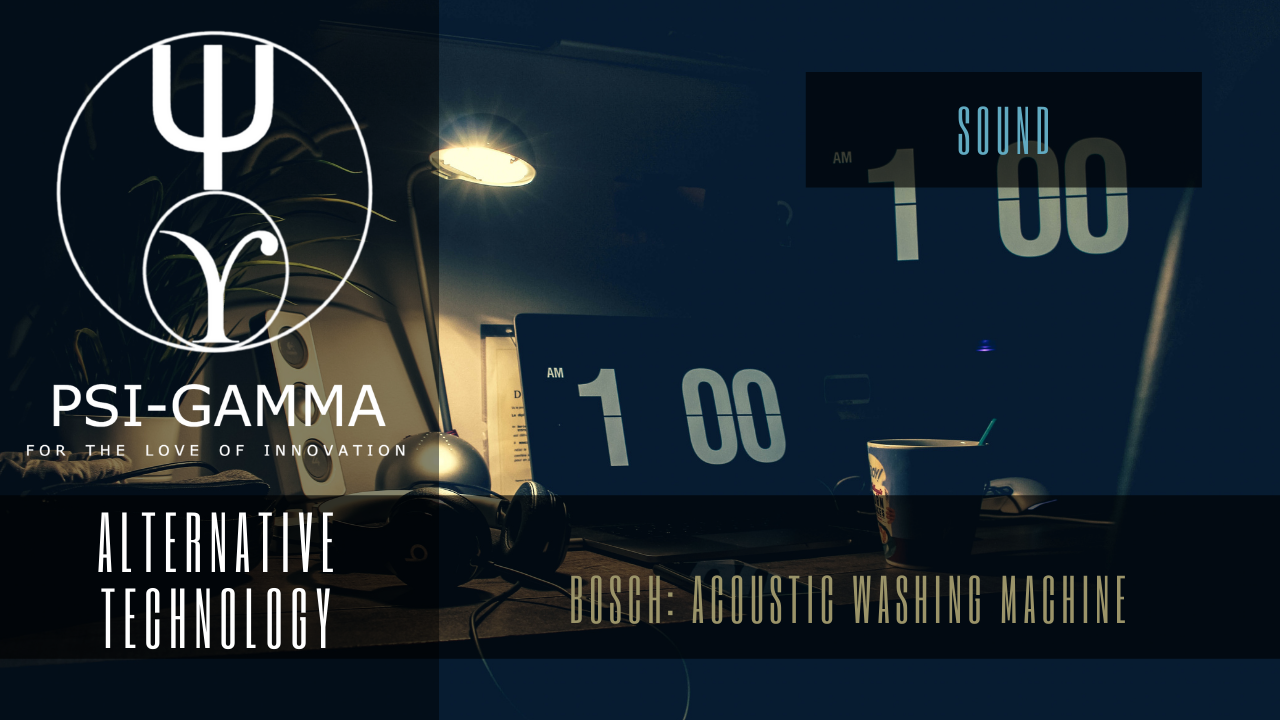
Sound Waves get your wash clean
Sound Waves get your wash clean, claims Robert Bosch of Stuttgart, Germany. This seven-pound machine works on principle of auto horn. Hooter must sound for five minutes. Cost is $32.
US2623376
Electrical appliance for producing oscillations or vibrations for laundry purposes
Inventor: BOSCH GMBH ROBERT [DE]
COMPLETE SPECIFICATION
Improvements in or relating to Laundry or Washing Appliances We, Robert Bosch G M B H, a German Company, of Breitscheidstrasse 4, Stuttgart, Germany, do hereby declare the invention, for which we pray that a patent may be granted to us, and the method by which it is to be performed, to be particularly described in and by the following statement:-
The present invention relates to electrical appliances for producing oscillations or vibrations in liquids for laundry or washing purposes.
It has already been proposed to clean material to be laundered or washed, especially underwear, by rapidly vibrating or oscillating the washing water, in which the material to be laundered is immersed, by means of a membrane or diaphragm which is immersed or plunged into the water, with the object of releasing and washing away particles of dirt or other foreign matter adhering to the material being laundered In a known washing device of this kind, the diaphragm is caused to vibrate rapidly by means of a small electric motor through a rod or bar to which the diaphragm is fitted The disadvantages of this device consist in the fact that revolving parts requiring the attention of an operator and subject to wear and tear, are provided for translating a rotary movement into the required oscillating or vibrating movement.
It is also known to use ultra sound or supersonic waves for laundry purposes The production of such waves, however, requires devices which are too cumbersome and expensive for use in small laundry installations for domestic use Washing devices have also been proposed in which a diaphragm is excited by a solenoid in such a manner that the vibrations of the diaphragm are entirely unrestricted In practice, however, this vibratory effect of the diaphragm is insufficient for washing purposes and the washing devices so fitted are thus unsatisfactory.
It is well known to construct audible warning devices such as horns with an electromagnetically operated diaphragm, the movement of which is limited in at least one direction by a stop.
According to the present invention an electromagnetically operated liquid oscillating or vibrating laundry or washing appliance is characterised in that movement of a diaphragm operated by an electromagnet is abruptly limited in at least one direction by a stop and in that the electromagnetic driving means are enclosed in a casing sealed against the ingress of liquid by the diaphragm and provided with means to prevent undue pressure rise within the casing sufficient to prejudice the operation of the diaphragm.
The invention is further described with reference to the accompanying drawings which illustrate by way of example eight embodiments of the invention, suitable for alternating current, and in which:
Fig 1 is a longitudinal section of the first embodiment incorporating a single electromagnet and a single diaphragm,
Fig 2 is a longitudinal section of a second embodiment incorporating two diaphragms actuated by a single electromagnet,
Fig 3 is a third example having two electromagnets and two diaphragms, also in longitudinal section,
Fig 4 is a further longitudinal section illustrating a fourth embodiment provided with a harmonic wave exciter in the form of an oscillating or vibrating beam or a corrugated circular disc,
Fig 5 is a modification of the form shown in Fig 4
, Fig 6 is a sectional diagram showing an appliance according to this invention fitted in a laundry container, such as a boiler,
Fig 7 is a fifth embodiment partly in longitudinal section of an appliance having a device adapted to compensate or balance the pressure differences in the interior of the appliance,
Fig 8 is a longitudinal section through a Price 2 1 i part of the appliance shown in Fig 7,
Fig 9 is a sixth embodiment in longitudinal section,
Fig 10 is a fragmentary section showing a modification of this embodiment,
Fig 11 is an eighth embodiment, also in longitudinal section, and
Fig 12 shows a curve of acoustic pressure produced in liquids according to the present invention and, for comparison, a sine curve of similar amplitude and frequency.



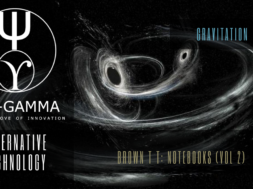
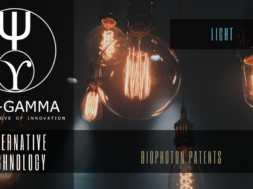



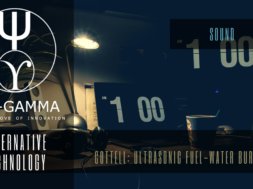
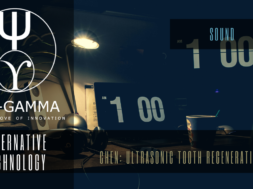

В этом интересном тексте собраны обширные сведения, которые помогут вам понять различные аспекты обсуждаемой темы. Мы разбираем детали и факты, делая акцент на важности каждого элемента. Не упустите возможность расширить свои знания и взглянуть на мир по-новому!
Исследовать вопрос подробнее – https://quick-vyvod-iz-zapoya-1.ru/